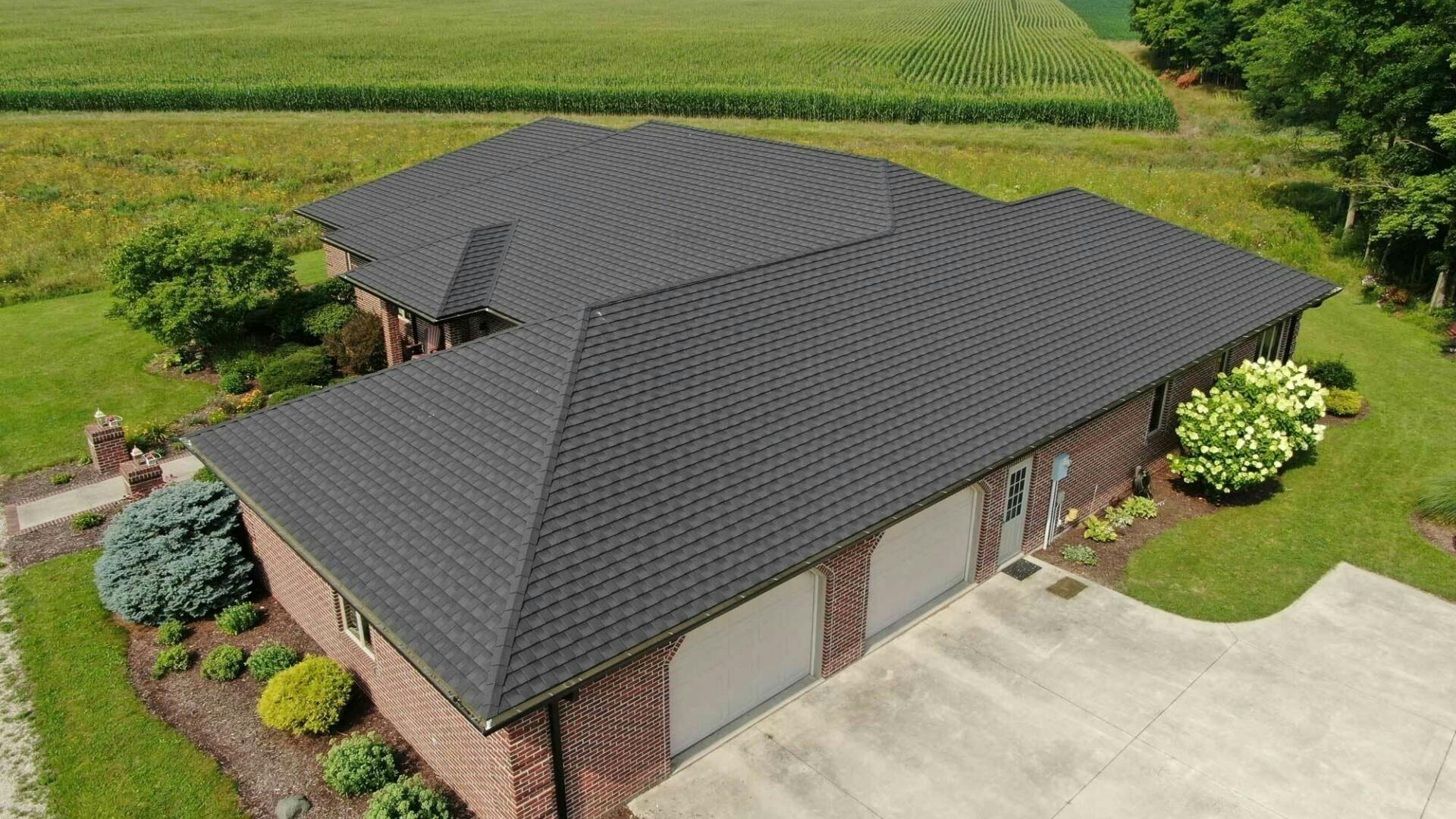
Roof repair is a crucial aspect of homeownership, particularly in Iowa, where harsh weather conditions can take a toll on roofs. While some repairs may require professional assistance, many homeowners opt to tackle minor repairs themselves to save money. However, it’s essential to prioritize safety when undertaking DIY roof repair projects to avoid accidents and injuries. In this blog post, we’ll discuss essential safety tips for homeowners in Iowa who are planning to perform DIY roof repairs, ensuring they stay safe throughout the process.
Wear Proper Safety Gear
Before starting any roof repair work, it’s crucial to wear appropriate safety gear to protect yourself from potential hazards. This includes wearing sturdy, non-slip footwear with good traction to prevent slips and falls, as well as a hard hat to protect your head from falling debris. Additionally, wear gloves to protect your hands from sharp edges and cuts, and safety goggles to shield your eyes from dust, debris, and UV rays.
Use Ladders Safely
When working on the roof, using a ladder is inevitable. Ensure that your ladder is in good condition, with no loose or damaged parts. Place the ladder on a flat, stable surface, and secure it at the top and bottom to prevent it from slipping or sliding. Always maintain three points of contact when climbing the ladder – either two hands and one foot or two feet and one hand – and avoid overreaching or leaning too far to one side.
Check Weather Conditions
Iowa weather can be unpredictable, with sudden changes in temperature, wind, and precipitation. Before starting any roof repair work, check the weather forecast to ensure favorable conditions. Avoid working on the roof during high winds, rain, or extreme temperatures, as these conditions can increase the risk of accidents and injuries. If the weather forecast indicates unfavorable conditions, postpone your DIY roof repair project until conditions improve.
Use Caution Around Electrical Wires
Many homes in Iowa have electrical wires running through the attic or along the roofline. When performing roof repairs, be mindful of these wires and take precautions to avoid contact with them. Turn off the power to any electrical circuits in the area where you’ll be working, and use insulated tools and equipment to minimize the risk of electrical shock. If you’re unsure about the location of electrical wires, consult a professional electrician before starting any repair work.
Know Your Limits
While DIY roof repair can save you money, it’s essential to recognize your limitations and know when to seek professional help. Some roof repairs, such as replacing shingles or repairing flashing, may be relatively straightforward and safe to perform yourself. However, more complex repairs, such as repairing structural damage or working on steeply pitched roofs, should be left to experienced professionals. If you’re unsure about the complexity of a repair or don’t feel comfortable working at heights, it’s best to hire a licensed roofing contractor to ensure the job is done safely and correctly.
Conclusion
DIY roof repair can be a cost-effective way to address minor issues and maintain the integrity of your roof. However, safety should always be your top priority when working on the roof. By following these essential safety tips, homeowners in Iowa can protect themselves from accidents and injuries while performing DIY roof repairs. Remember to wear proper safety gear, use ladders safely, check weather conditions, exercise caution around electrical wires, and know your limits. When in doubt, don’t hesitate to seek professional assistance to ensure the safety and longevity of your roof.